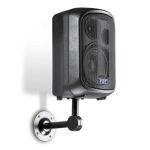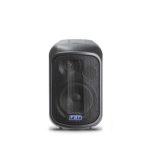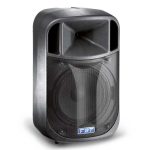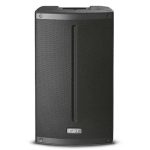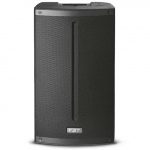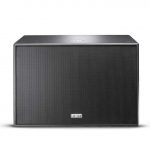Understanding the Role of Proper Ventilation for Safety in Garage Environments
Creating a comfortable and safe environment in an automotive space goes beyond just storing vehicles. Effective air circulation plays a pivotal role in maintaining temperature control and ensuring safe conditions for both vehicles and individuals. Regular circulation of fresh air diminishes the accumulation of harmful gases and odors, addressing the critical need for fume removal in enclosed areas.
An automotive area often becomes a repository for various chemicals, oils, and exhaust fumes, making adequate airflow indispensable. Stagnant air can lead to not only discomfort but also potential health hazards. By implementing strategies to enhance air movement, one can significantly increase safety and comfort levels.
How to Assess Airflow Needs in Your Garage
Understanding airflow requirements in your workspace is vital for maintaining both safety and comfort. Begin by evaluating current air quality and potential sources of pollutants. Fume removal systems are pivotal in spaces where vehicles, tools, or chemicals are regularly used. Regular monitoring will help you identify problematic areas and will guide necessary adjustments.
Next, consider various installation tips for airflow systems. One approach is to strategically place exhaust fans or vents to facilitate a consistent movement of air. Look into passive solutions, such as cross-ventilation, which can enhance natural airflow without the need for mechanical systems. Always prioritize temperature control to create a manageable environment for both personnel and equipment.
In addition, maintenance practices play an essential role in ensuring ongoing performance. Regularly check and clean filters, ducts, and other components to prevent clogs and buildup. This will also assist in optimizing fume removal efficacy. Keeping pathways clear will enhance air circulation, reducing the risk of stagnant air zones.
Lastly, remain attentive to safety considerations. Ensure that any installed system complies with local regulations and industry standards. Implement routine inspections and adjustments to maintain the ideal environment, aligning airflow with your garage’s unique requirements.
Common Ventilation Solutions for Garage Spaces
Addressing airflow in workshops is critical for maintaining air quality and ensuring safety during tasks such as fume removal and temperature control. Various methods exist to achieve optimal circulation and help manage the environment effectively. For more details on this topic, check out https://fantasticair.net/.
Exhaust systems are among the most popular options for enhancing air exchange. These systems can be designed to draw out harmful gases and vapors produced during activities like vehicle maintenance or using power tools. Properly installed exhaust mechanisms can mean the difference between a safe workspace and one filled with potential hazards.
Passive solutions, such as vents and windows, also contribute to overall air management by allowing air to flow naturally. Ensuring these openings are strategically placed can improve airflow without overwhelming the space. Regular maintenance practices, including cleaning vents and ensuring no obstructions exist, play a significant role in maintaining a healthy atmosphere.
Additionally, portable fans and air circulators can complement other methods. Placing these devices effectively aids in redistributing air within the workshop, adding to the comfort of the space. Together, these strategies work to create an environment conducive to productivity while prioritizing air quality and safety. Understanding and implementing these solutions can set the foundation for a well-ventilated and healthy workspace.
Maintaining Air Quality: Tips for Garage Ventilation
Ensuring optimal air quality within your workspace is crucial for both health and functionality. Implementing suitable exhaust systems can significantly enhance fume removal, reducing inhalation risks associated with harmful chemicals. For practical strategies, consider investing in high-quality systems designed specifically for enclosed areas. Learn more about different options available here.
It’s essential to carry out regular maintenance practices on your ventilation setup. Check filters and ducting for blockages that might impede airflow. Clean these components to prevent any buildup that could compromise air purity. Furthermore, pay attention to safety considerations by equipping your garage with carbon monoxide detectors and ensuring they are functional.
Installation tips also play a role in maintaining a healthy atmosphere. Properly position vents and fans to optimize air circulation. Cross-ventilation can further assist in dispersing harmful gases quickly, promoting a more breathable environment. By integrating these suggestions, you can ensure a safer and more pleasant area to work in.
